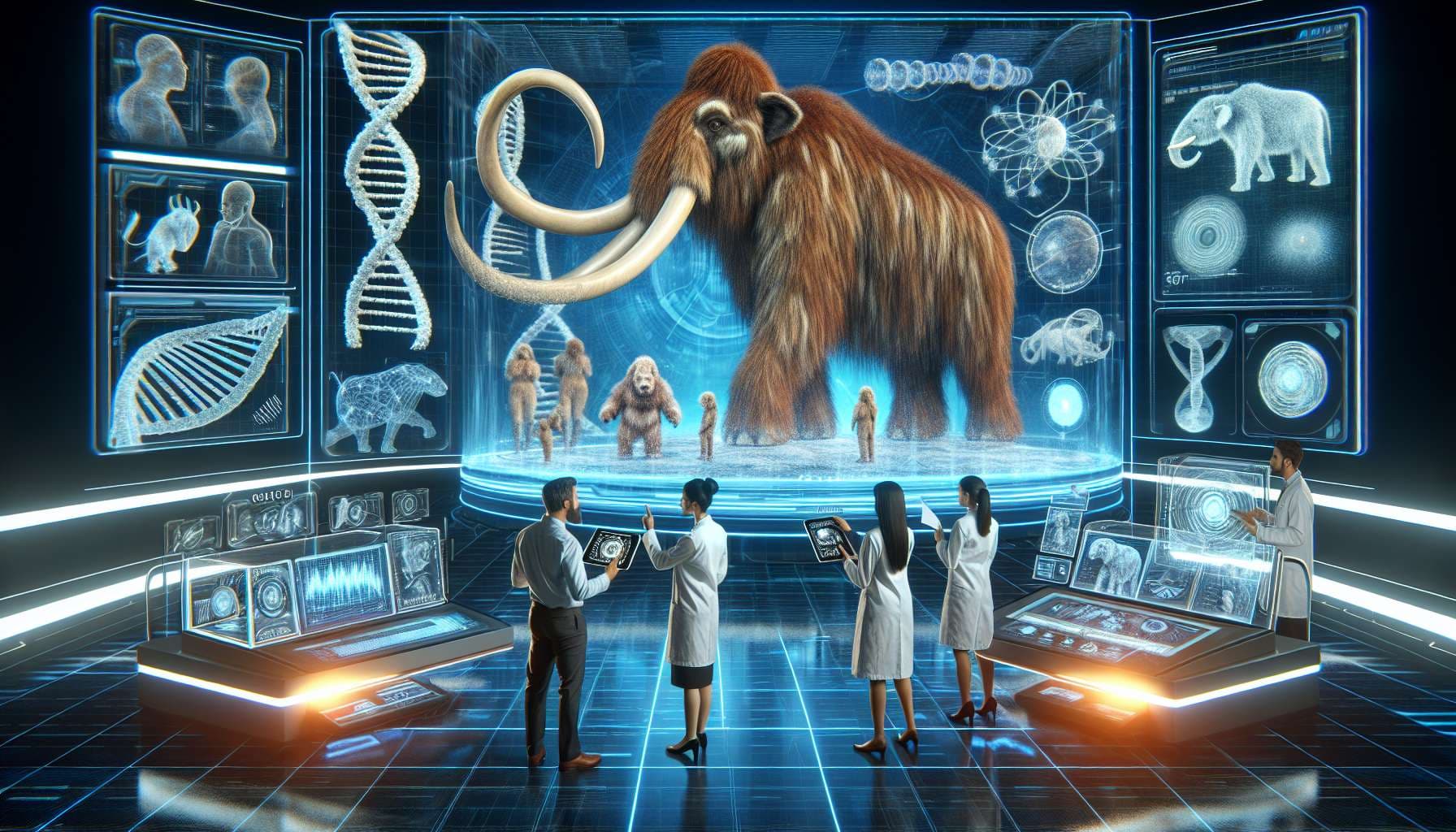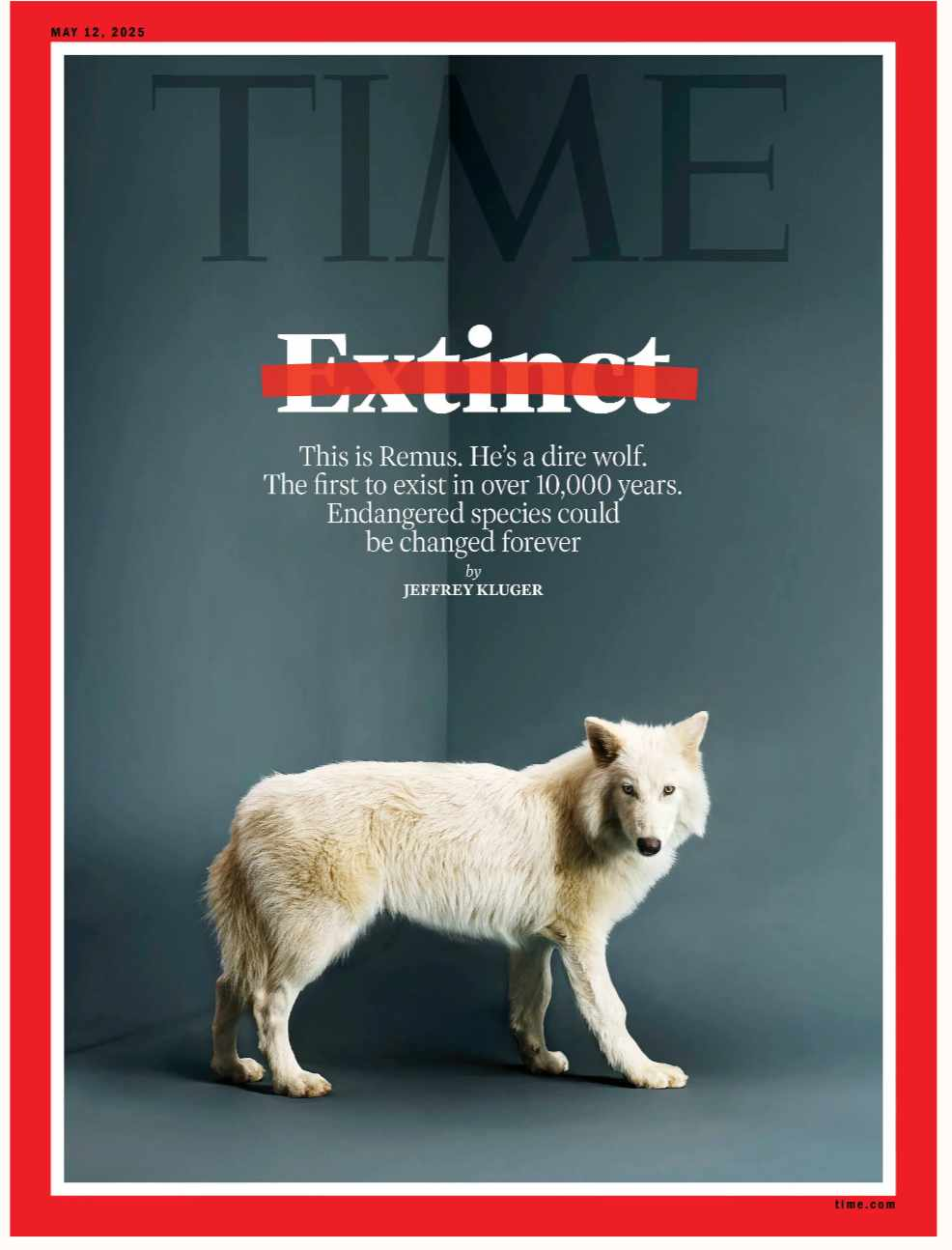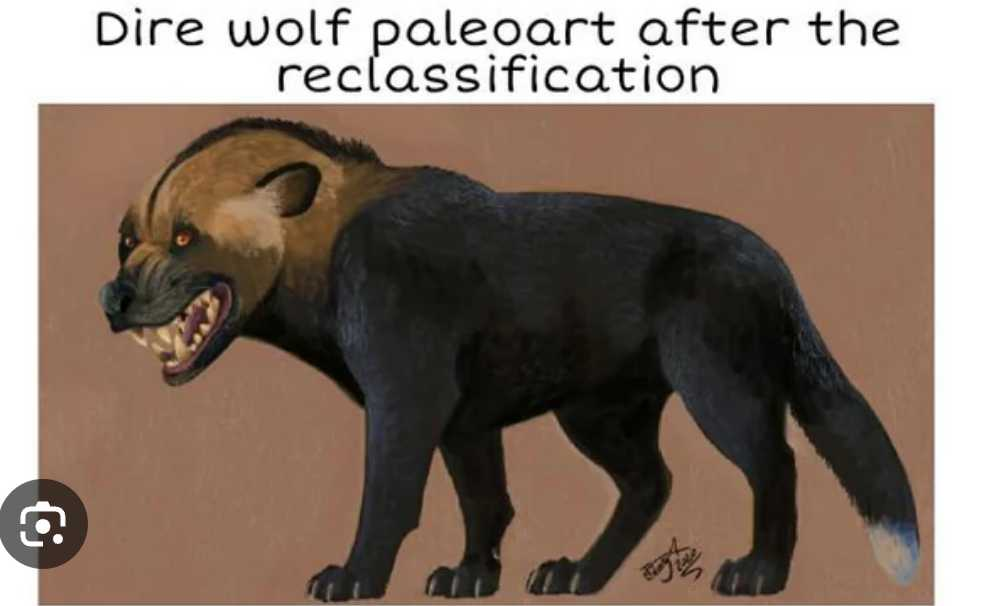
Context: Colossal Biosciences wants to de-extinct the woolly mammoth and re-introduce it into the wild. https://colossal.com/mammoth/
My assumption is that all of these achievements would be reported on and easy to verify. But since some of them are prerequisites for others, they could resolve YES without explicit reporting.
I won't bet on this market.
*mammoth means Colossal's definition, which is phenotypical instead of genetic
A'ight, here are some levels of success that Colossal could achieve:
1. claimed woolly mammoth birth: the creature could literally be, like, a mouse, as long as Colossal says they are a woolly mammoth
2. basic phenotypical similarity: basic stats correct like height, hair, tusk size, etc (if you squint)
3. good phenotypical similarity: basically every way you look at it, creature's body+skeleton is morphologically a woolly mammoth
4. some DNA similarity: more than infinitesimal amounts of mammoth DNA spliced in, say >1%
5. good DNA similarity: the creature's DNA is within the genetic distribution of ancient mammoths
6. expert consensus that these are woolly mammoths
This seems about in order of difficulty, and so I'd expect all the lower numbers to be achieved if they got to say #4. I'd peg the dire wolf at #2, since at least some artist's depictions of the dire wolf look approximately like the three wolves Colossal modified, even though IMO and what expert consensus seems to be they aren't dire wolves. #5 and #6 would qualify as definitely a mammoth to me. #2 and obviously #1 don't, and I'm pretty dubious about #3 and #4.
But Colossal has been pretty clear about what they're aiming to achieve with the project: they're changing enough genes to get the desired phenotypical outcome. From https://colossal.com/mammoth "Our Process", they mention "Edit all relevant genes (65) to make a cold-adapted elephant cell line" which is pretty clearly not enough genes to change the entire genome (which would probably tens of thousands, as a guess).
This market is about the woolly mammoth project succeeding or not, not whether its stated goals are coherent or false. It's possible that they'll change those goals given the response they got to the "dire wolf" announcement, we'll see. So the only real changes I'm making to this market are to put scare quotes an asterisk on "woolly mammoth" in the questions and specify that it's the definition Colossal uses.
A'ight, here are some levels of success that Colossal could achieve:
1. claimed woolly mammoth birth: the creature could literally be, like, a mouse, as long as Colossal says they are a woolly mammoth
2. basic phenotypical similarity: basic stats correct like height, hair, tusk size, etc (if you squint)
3. good phenotypical similarity: basically every way you look at it, creature's body+skeleton is morphologically a woolly mammoth
4. some DNA similarity: more than infinitesimal amounts of mammoth DNA spliced in, say >1%
5. good DNA similarity: the creature's DNA is within the genetic distribution of ancient mammoths
6. expert consensus that these are woolly mammoths
This seems about in order of difficulty, and so I'd expect all the lower numbers to be achieved if they got to say #4. I'd peg the dire wolf at #2, since at least some artist's depictions of the dire wolf look approximately like the three wolves Colossal modified, even though IMO and what expert consensus seems to be they aren't dire wolves. #5 and #6 would qualify as definitely a mammoth to me. #2 and obviously #1 don't, and I'm pretty dubious about #3 and #4.
But Colossal has been pretty clear about what they're aiming to achieve with the project: they're changing enough genes to get the desired phenotypical outcome. From https://colossal.com/mammoth "Our Process", they mention "Edit all relevant genes (65) to make a cold-adapted elephant cell line" which is pretty clearly not enough genes to change the entire genome (which would probably tens of thousands, as a guess).
This market is about the woolly mammoth project succeeding or not, not whether its stated goals are coherent or false. It's possible that they'll change those goals given the response they got to the "dire wolf" announcement, we'll see. So the only real changes I'm making to this market are to put scare quotes an asterisk on "woolly mammoth" in the questions and specify that it's the definition Colossal uses.
The news coverage of the dire wolf de-extinction announcement is really calling into question my unstated assumption that whatever Colossal Biosciences said was a mammoth would be accepted as such. It seems like the scientific consensus for what these wolves are might end up being that they're genetically modified grey wolves, as a few scientists are saying here: https://www.sciencealert.com/did-dire-wolves-just-come-back-from-extinction-heres-the-truth.
Like if Colossal tweaks an elephant to be a bit hairier and larger and calls it a mammoth, but literally no one else believes that that is a mammoth, is it fair for that question to resolve yes? Would we need some percentage of its genome to be actually mammoth or should we only care about phenotype? Do we wait for a consensus to form and go with what the animal is referred to on wikipedia?
Personally I will probably be referring to these "dire wolves" in quotes, or just as GMO'd grey wolves. But I'm leaning towards the spirit of this market as being more about if Colossal demonstrates the existence of what they say is a mammoth, mostly giving them deference to make that judgement since I explicitly called out not needing to. If anyone else strongly objects I'm open to changing my mind ~this month, but I'd prefer other markets be made with more stringent requirements than risk this one's criteria changing by a lot.
@ASomewhatRudeParakeet Well stated, I agree except for the definition of the wooly mammoth. A wooly mammoth is not what colossal says it is, it's what sciences says. In my opinion, if colossal claims that they have a wooly mammoth but it is not an actual wooly mammoth (like how their GMO dire wolves are not real dire wolves), then this market should account for that. I think that there should be some representative set of wooly mammoth dna which we can use to establish a baseline for wooly mammoth dna variation, and if the colossal wooly mammoth project yields something within that range of variation, then and only then can it be called a true wooly mammoth. thoughts?
@ASomewhatRudeParakeet Yeah personally I would be more amiable to Colossal defining de-extinction as including stuff with only the subset of genes changed that disproportionately affect major visible differences, if they hadn't created a creature that even phenotypically does not resemble what current palaeontology says dire wolves were like, let alone genetically, instead resembling the medieval fantasy version of them from Game of Thrones.
Colossal Biosciences dire wolf:

Game of Thrones dire wolf:

Current palaeontological dire wolf:
